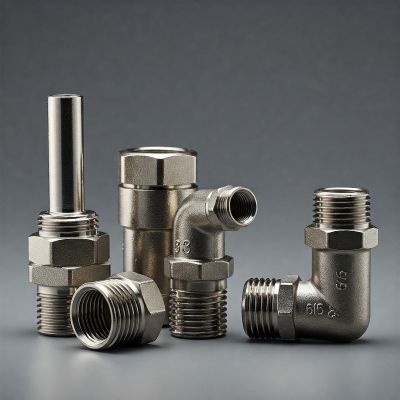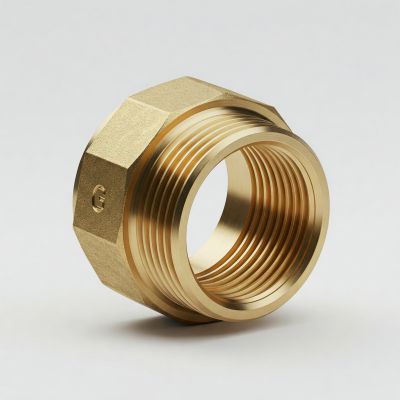When working with threaded fittings, pipes, and connectors, it’s essential to understand different thread standards. Two commonly confused thread types are BSP (British Standard Pipe) threads and G threads. While they may look similar, they have distinct characteristics that affect compatibility and application.
This guide will explain their key differences, uses, and how to identify the right thread for your needs.
What Are BSP and G Threads?
BSP Threads (British Standard Pipe)
BSP (British Standard Pipe) is a thread standard commonly used in the UK, Europe, Asia, and Australia for pipe fittings. BSP threads come in two main types:
➡️ BSPP (British Standard Pipe Parallel) – Also known as G threads
➡️ BSPT (British Standard Pipe Tapered) – Also known as R threads
G Threads (Parallel Pipe Threads)
G threads are parallel BSP threads that conform to the ISO 228-1 standard. They are primarily used in low-pressure applications where a sealing washer or O-ring is required to create a leak-proof connection.
Key Differences Between BSP and G Threads
|
Feature |
BSP Threads |
G Threads |
|
Type |
Parallel (BSPP) and Tapered (BSPT) |
Parallel (Equivalent to BSPP) |
|
Standard |
BS EN 10226, ISO 7 (BSPT) / ISO 228-1 (BSPP) |
ISO 228-1 |
|
Sealing Method |
BSPP: Uses washers/O-rings; BSPT: Seals by thread interference |
Requires washers or O-rings for sealing |
|
Application |
Plumbing, gas, hydraulic systems |
Low-pressure air and fluid connections |
|
Common Names |
BSPP (G), BSPT (R) |
G (Parallel BSP) |
Sealing Methods: BSPT vs. G Threads
One of the most critical differences is the sealing mechanism:
➡️ BSPT (Tapered) threads seal by thread interference (similar to NPT threads)
➡️ G (Parallel BSPP) threads require a gasket, O-ring, or metal face seal to prevent leaks
This makes G threads unsuitable for high-pressure sealing without additional components.
How to Identify BSP and G Threads
To determine if a thread is BSP or G, follow these steps:
1. Check if the threads are tapered or parallel – Use a caliper to measure the thread diameter at different points.
2. Measure the pitch – Use a thread gauge to determine the thread pitch (measured in threads per inch or mm).
3. Look for markings – BSPT threads are often marked with an “R” (e.g., R ½), while BSPP/G threads may be marked with a “G” (e.g., G ½).
BSP vs. G Threads: Which One Should You Use?
➡️ Use BSPT (Tapered) threads for high-pressure applications requiring thread sealing.
➡️ Use G (Parallel BSPP) threads when a soft gasket or O-ring can provide a reliable seal.
➡️ Check equipment specifications before choosing the right thread to ensure compatibility.
Conclusion
Understanding the differences between BSP and G threads is crucial for selecting the right fittings and avoiding compatibility issues. While G threads are simply parallel BSPP threads, BSP also includes BSPT (tapered) threads, which function differently. By identifying the correct thread type and sealing method, you can ensure a proper, leak-free connection in your applications.
If you’re unsure, always use a thread gauge or consult manufacturer specifications to verify the correct thread type.
Post time: Feb-11-2025



